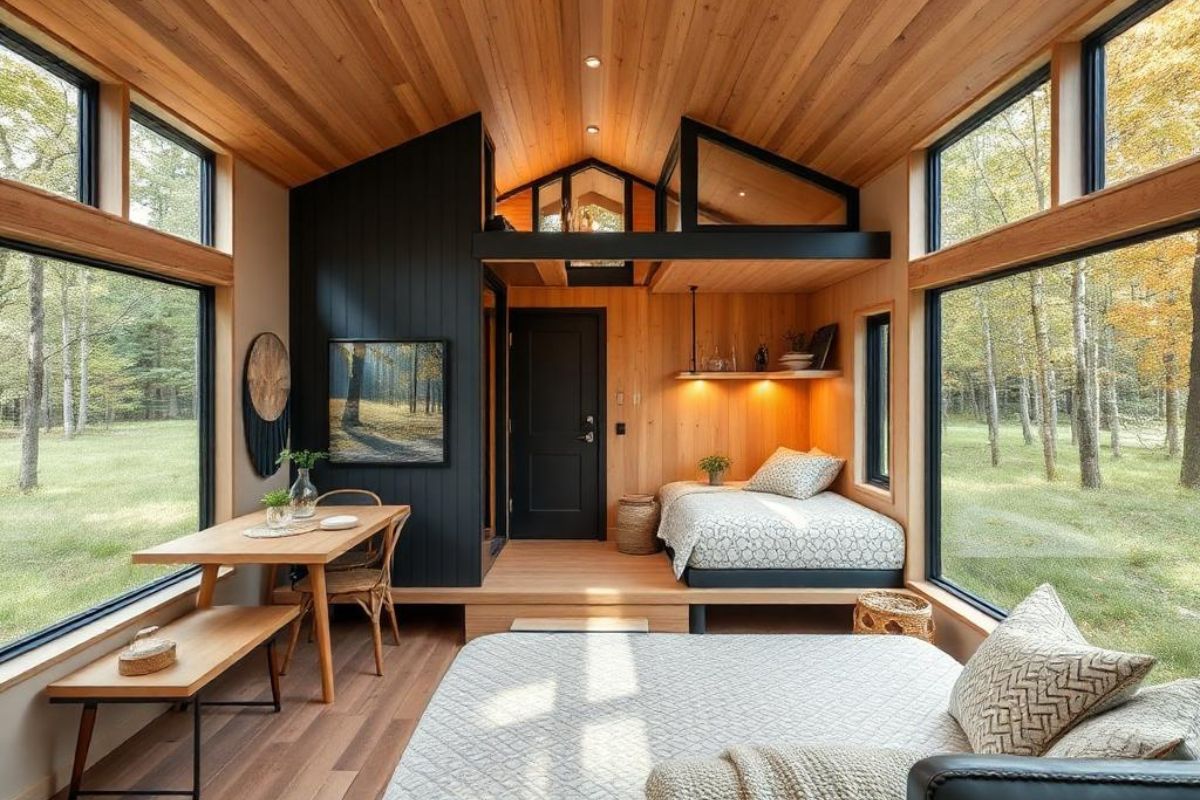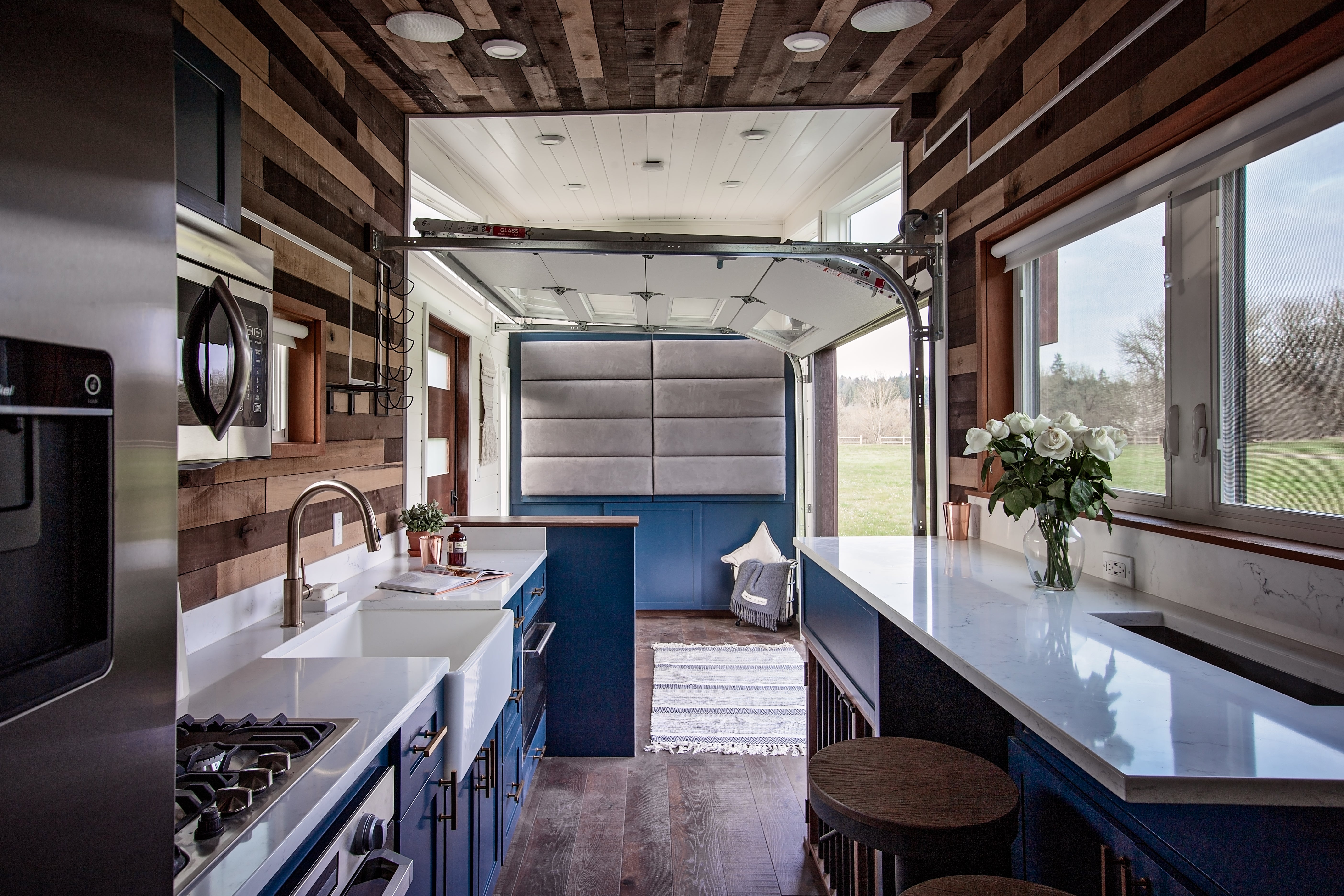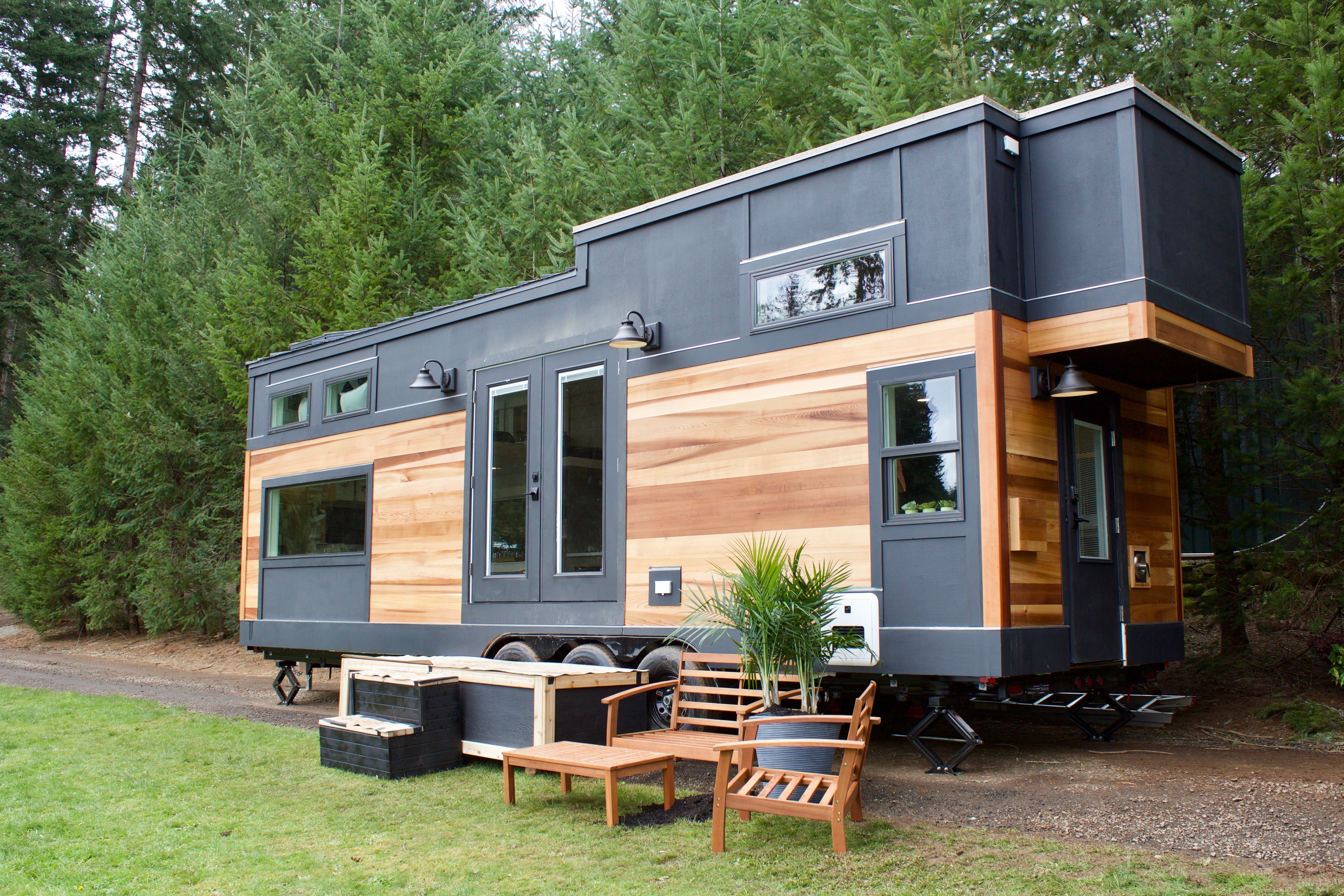Efficiency is not a matter of scale, but of smart design. Across the UK and Europe, the rise of modular construction, compact buildings and dense urban development is transforming the way architects, engineers and developers plan infrastructure such as drainage systems. In this new construction paradigm, drainage must be adapted to limited space without compromising reliability or functionality.
This is where ULMA Architectural Solutions truly stands out. With vast experience in large-scale projects—from logistics platforms to industrial and transport complexes—ULMA demonstrates that it is possible to transfer the same high-performance standards to compact, integrated systems tailored to the needs of modular construction.
The Challenge of Drainage in Modular and Space-Constrained Environments
Whether in prefabricated homes, schools, medical units or emergency facilities, efficient drainage is key to infrastructure durability and functionality. The limited surface area—both at ground level and on rooftops—requires systems that can deliver high hydraulic capacity in minimal dimensions.
ULMA addresses this challenge with pre-sloped channels, modular components, and load-resistant grating that fit easily into restricted spaces. Ease of installation is an essential added value in modular projects, where build times are short and work progresses in tight phases.
Drainage that Matches the Mobility and Flexibility of Modular Construction
One of the biggest advantages of modular building is its capacity to be relocated, reconfigured or extended. This means that all integrated systems—including drainage—must be ready to withstand vibrations, movement and uneven settlement without losing performance.
Thanks to its experience in dynamic load environments—such as airports and transport terminals—ULMA offers polymer concrete channels with vibration-resistant fixings, capable of maintaining watertightness even in mobile or high-stress installations.
From Major Highways to Small Projects: Scalable Performance
The same materials and technical principles that make ULMA systems a benchmark in large-scale infrastructure can be effectively applied to modular settings. Their drainage solutions ensure optimal surface water management, even in extremely space-limited environments.
The keys to this adaptability are:
-
Compact channels with high hydraulic capacity
-
Low-profile versions for shallow excavation
-
Materials resistant to corrosion and the UK climate
-
Compliance with BS EN 1433 standards
All of this ensures that drainage does not become the weak link in rapid builds or space-constrained construction projects.
Learning from Infrastructure: Durability, Performance and Sustainability
Large infrastructure projects demand three non-negotiable principles: performance, durability and sustainability. These same values apply seamlessly to modular construction.
ULMA’s polymer concrete—chosen for its resistance to chemicals, freeze-thaw cycles and wear—provides a key advantage in builds where maintenance is limited and system failure is not an option.
Moreover, efficient water management, supported by smart channel design and debris control, allows contractors and designers to deliver sustainable solutions that meet the growing demands of environmental regulations.
FAQs
Why is drainage important in a tiny house or prefabricated home?
Even though these homes have a small footprint, they are still exposed to heavy rainfall or water build-up. Poor drainage can lead to damp, foundation damage, or even displacement of the structure if the ground becomes saturated.
What drainage systems are best suited for modular or mobile housing?
Prefabricated homes require lightweight, compact and easy-to-install systems. Low-profile channels with prefabricated modules and simple maintenance are ideal for integrating into this type of build without affecting its design or mobility.
Can an efficient drainage system be installed in a tiny house without major works?
Yes. Surface-level installation options are available that do not require deep excavation or complex works. This is especially important for mobile, temporary or demountable housing, where minimal intervention is a major advantage.
What are the benefits of ULMA's polymer concrete compared to other materials?
Its high resistance to chemicals, frost and wear makes it a durable option even in outdoor or damp environments. It is also lighter than traditional concrete, making it easier to install in small or modular projects.
Where can I find available drainage channel options?
ULMA provides its full range of products, technical sheets and resources on its official website, where tailored advice is also available:
👉 www.ulmaarchitectural.com/en-gb/drainage-channels






Share: